Increasing Focus on Patient-Centric Care
The shift towards patient-centric care is significantly influencing the Urine Output Monitoring System Market. Healthcare providers are increasingly prioritizing patient engagement and personalized treatment approaches, which necessitate accurate monitoring of urine output. This focus aligns with broader healthcare trends aimed at enhancing patient satisfaction and outcomes. As a result, urine output monitoring systems are being integrated into care protocols to ensure that patients receive tailored interventions based on their specific needs. The market is expected to grow as healthcare organizations recognize the value of these systems in fostering a more patient-centered approach, ultimately leading to better health management and resource utilization.
Growing Demand for Home Healthcare Solutions
The rising demand for home healthcare solutions is emerging as a significant driver for the Urine Output Monitoring System Market. As more patients prefer receiving care in the comfort of their homes, the need for portable and user-friendly urine output monitoring systems is increasing. This trend is particularly evident among elderly patients and those with chronic conditions who require continuous monitoring. The convenience and accessibility of home healthcare solutions are prompting manufacturers to innovate and develop systems that cater to this market segment. Consequently, the Urine Output Monitoring System Market is likely to expand as healthcare providers adapt to the growing preference for home-based care.
Rising Prevalence of Chronic Kidney Diseases
The increasing incidence of chronic kidney diseases (CKD) is a pivotal driver for the Urine Output Monitoring System Market. As CKD affects millions worldwide, healthcare providers are increasingly adopting urine output monitoring systems to manage patient care effectively. According to recent data, CKD prevalence is projected to rise, necessitating advanced monitoring solutions. This trend underscores the importance of timely intervention and personalized treatment plans, which urine output monitoring systems facilitate. The demand for these systems is likely to grow as healthcare systems aim to improve patient outcomes and reduce hospital readmission rates. Consequently, the Urine Output Monitoring System Market is expected to expand significantly, driven by the need for efficient monitoring tools in managing CKD.
Technological Innovations in Monitoring Systems
Technological advancements play a crucial role in shaping the Urine Output Monitoring System Market. Innovations such as real-time data analytics, wireless connectivity, and integration with electronic health records are enhancing the functionality of urine output monitoring systems. These technologies enable healthcare professionals to track patient data more accurately and efficiently, leading to improved clinical decision-making. The market is witnessing a surge in demand for smart monitoring devices that offer remote access and alerts, which can potentially reduce the burden on healthcare facilities. As these technologies continue to evolve, the Urine Output Monitoring System Market is likely to experience substantial growth, driven by the need for more sophisticated and user-friendly monitoring solutions.
Regulatory Support for Advanced Monitoring Technologies
Regulatory bodies are increasingly supporting the development and implementation of advanced monitoring technologies, which is positively impacting the Urine Output Monitoring System Market. Initiatives aimed at establishing standards for medical devices are encouraging manufacturers to invest in research and development. This regulatory support not only enhances the credibility of urine output monitoring systems but also fosters innovation in the market. As regulations evolve to accommodate new technologies, the industry is likely to witness an influx of advanced monitoring solutions that improve patient care. The Urine Output Monitoring System Market stands to benefit from this supportive regulatory environment, which may lead to increased adoption and integration of these systems in healthcare settings.


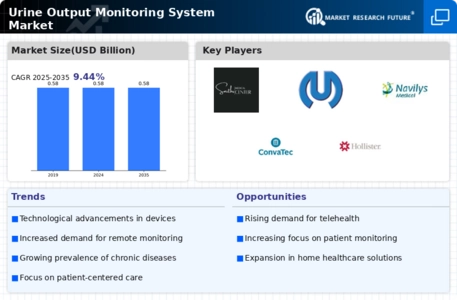
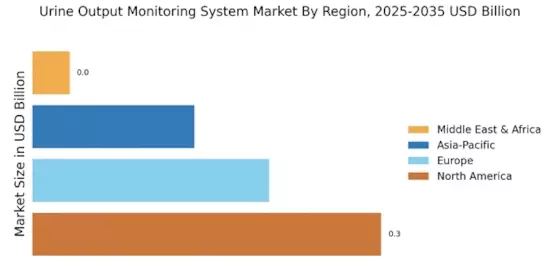

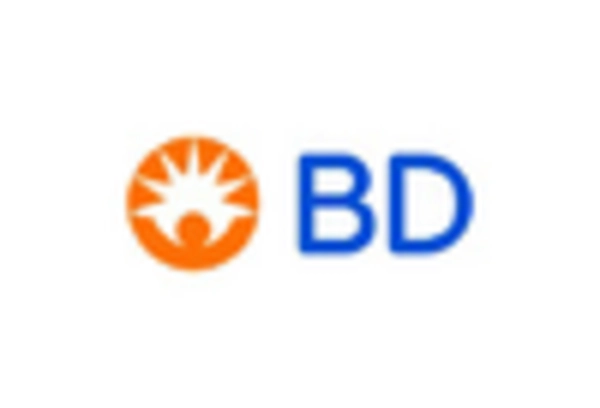
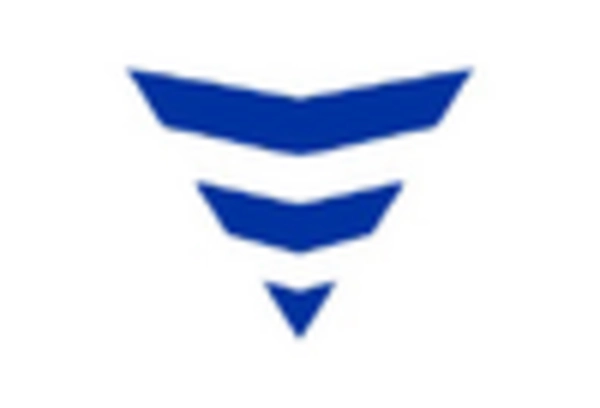

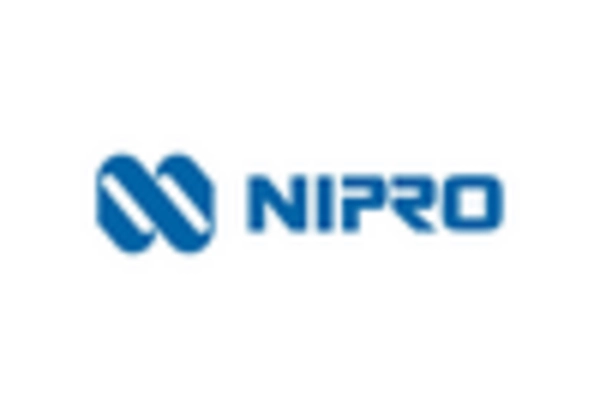









Leave a Comment